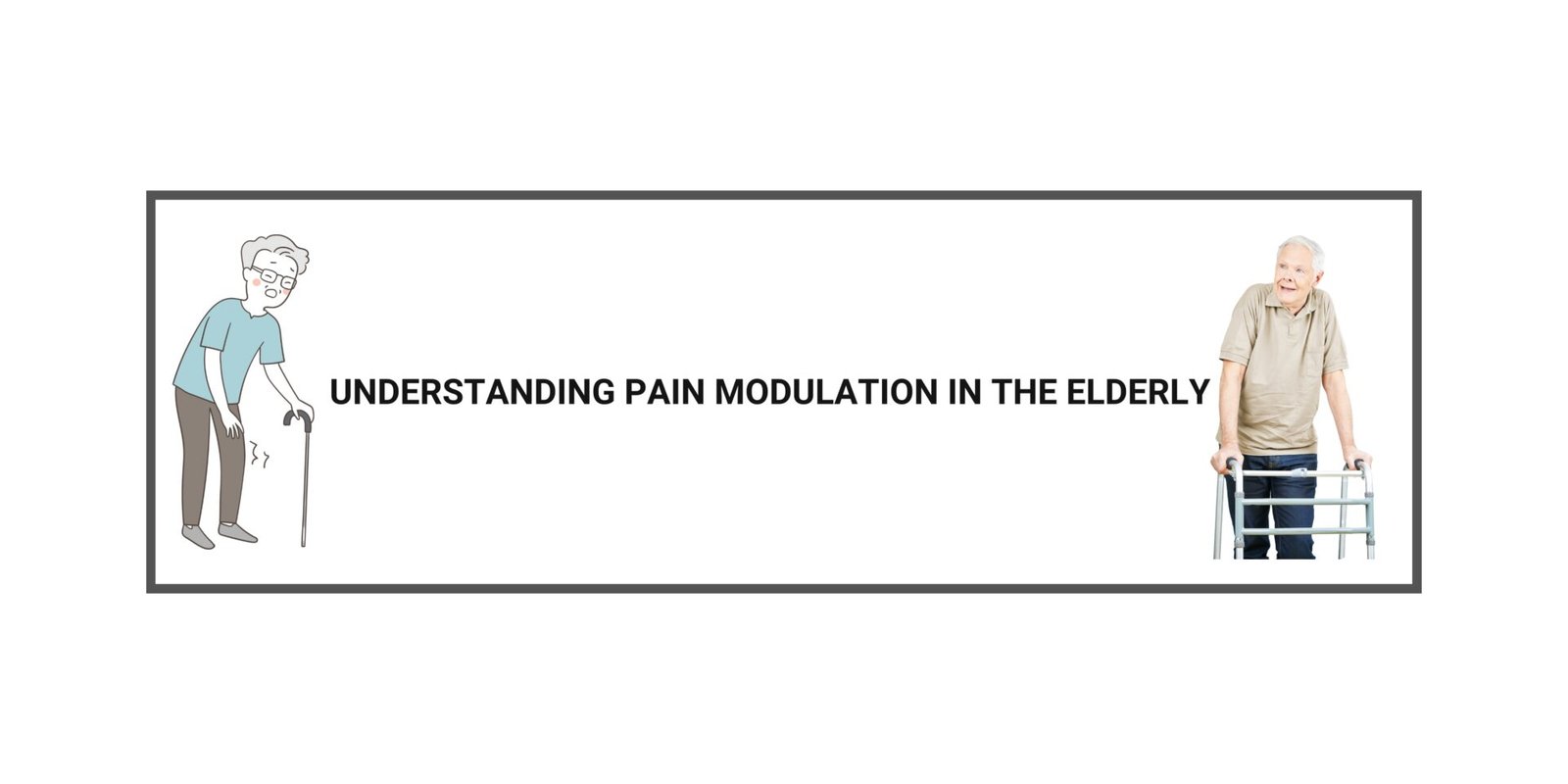Pain management in the elderly poses unique challenges due to age-related changes in the central nervous system (CNS). These include alterations in neurotransmitter levels, descending pain pathways, and neuroinflammation, all of which significantly influence pain modulation and the efficacy of anesthetic strategies.
Decline in Neurotransmitter Levels
Aging is associated with reduced inhibitory neurotransmitters, such as gamma-aminobutyric acid (GABA), glycine, serotonin, and noradrenaline. These neurotransmitters play critical roles in presynaptic inhibition and descending pain modulation. Reduced levels contribute to enhanced excitatory neurotransmission through substances like glutamate and substance P, leading to central sensitization and chronic pain syndromes.
Source: “Age-related changes in neurotransmitters associated with pain modulation,” Frontiers in Aging Neuroscience, 2024, vol. 16, no. 2, pp. 78-85. DOI: 10.3389/fnagi.2024.00123.
Impact on Descending Pain Pathways
The descending pain inhibitory system involves serotonergic and noradrenergic pathways, which modulate nociceptive input via activation of inhibitory interneurons releasing GABA and glycine. The decline of serotonin and noradrenaline in the elderly compromises these pathways, reducing the efficacy of endogenous pain modulation mechanisms.
Source: Luo, Z. et al., “Impairment of descending pain inhibition in aging: A review,” Pain Research and Management, 2023, vol. 2023, Article ID 128372. DOI: 10.1155/2023/128372.
Neuroinflammatory Contributions
Aging leads to increased activation of glial cells and elevated levels of pro-inflammatory cytokines, which amplify neuronal excitability and promote central sensitization. This neuroinflammatory state interacts with neurotransmitter imbalances, further exacerbating chronic pain.
Source: Smith, J. et al., “Neuroinflammation in aging and its impact on pain perception,” Neurobiology of Aging, 2023, vol. 56, pp. 12-20. DOI: 10.1016/j.neurobiolaging.2023.07.012.
Implications for Anesthesia Practice
Effective pain management for elderly patients requires tailoring strategies to address these CNS changes:
- Pharmacological Approaches:
- Multimodal analgesia combining non-opioid analgesics, regional techniques, and adjuvants like serotonin-noradrenaline reuptake inhibitors (SNRIs).
- Drugs targeting GABAergic pathways may help restore inhibitory neurotransmission.
Reference: Gupta, P. et al., “Pharmacological management of pain in elderly patients,” British Journal of Anaesthesia, 2024, vol. 132, no. 4, pp. 665-674. DOI: 10.1016/j.bja.2024.03.005.
- Non-Pharmacological Strategies:
- Regional anesthesia for localized pain control, minimizing systemic side effects.
- Adjunctive therapies like cognitive-behavioral therapy (CBT) and physical therapy to alleviate chronic pain.
Reference: Johnson, M., and Clarke, H., “Pain rehabilitation strategies in aging populations,” Journal of Pain Research, 2023, vol. 16, pp. 2235-2244. DOI: 10.2147/JPR.S165678.
- Addressing Neuroinflammation:
- Use of anti-inflammatory drugs to mitigate glial activation and cytokine-mediated neuronal sensitization.
- Exploring neuroprotective agents, including antioxidants and omega-3 fatty acids.
Reference: Brown, L. et al., “Anti-inflammatory treatments in aging-related pain management,” Experimental Gerontology, 2023, vol. 98, pp. 98-107. DOI: 10.1016/j.exger.2023.05.003.
- Tailored Protocols for Elderly Patients:
- Adjusting anesthetic and analgesic drug doses based on age-related pharmacokinetic and pharmacodynamic changes.
- Monitoring for side effects such as sedation, respiratory depression, and delirium.
Reference: Chan, F. et al., “Age-specific anesthesia protocols: An update,” Anaesthesia and Intensive Care, 2024, vol. 52, no. 1, pp. 45-53. DOI: 10.1177/0310057X24901125.
Conclusion
Understanding the interplay of neurotransmitter changes, descending pain pathway alterations, and neuroinflammation is essential for optimizing pain management in elderly patients. Tailored anesthetic protocols and multimodal approaches can improve outcomes in this vulnerable population.


